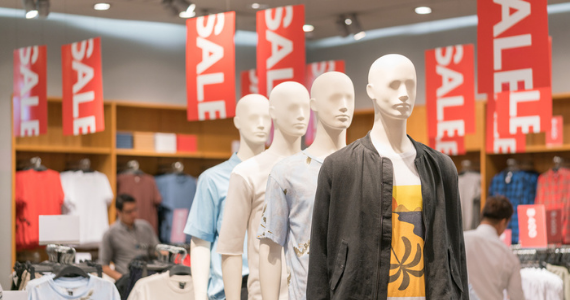Every day consumers are steered, and buying habits are influenced by, a series of carefully-chosen in store product placements. The research and programs at each retailer’s disposal are key to maximising sales, as predicting customer purchases increasingly becomes an exact science.
For starters, the crucial tool that can be used to maximise sales is the ‘planogram’, which serves as a visual representation of a store’s merchandise. These diagrams are used by the majority of modern retailers to drive sales and influence customer spending. The chances are that you are engaging with a carefully-implemented planogram every time you enter an outlet, and it is the details and features of these that lead you to bitterly tell the cashier that you ‘only came in for milk’, every single time.
“eye-level products receive up to 35% more attention, which makes the area perfect for high-profit products. By tracking sales on both horizontal and vertical placements, retailers can pinpoint exactly which shelf areas drive the most sales from consumers, and adjust their merchandising suitably to maximise profits.”
A common phrase in the retail industry is ‘eye level is buy level’. It sounds cheesy, but it’s deeply rooted in generations of consumer research, and, as such, is likely to be highly accurate. Various studies have corroborated the theory that customers are far more likely to purchase products at eye level than at other, harder-to-access heights. Fascinatingly, consumers in the west have also been found to ‘read’ a shelf from left to right, just as we have been taught to read text, which further indicates that there are clearly some definite ‘hot’ and ‘cold’ spots within aisles.
In practice, the effect that these calculations have on buying habits is considerable, as eye-level products receive up to 35% more attention, which makes the area perfect for high-profit products. By tracking sales on both horizontal and vertical placements, retailers can pinpoint exactly which shelf areas drive the most sales from consumers, and adjust their merchandising suitably to maximise profits.
Another considerable factor in product placement is the product’s position in-store, as part of the customer’s shopping experience. For example, premium products are likely to be on sale near or at the entrance to the outlet, in what is quite aggressively referred to as the ‘strike zone’, where customers are likely to ‘see first’ and ‘buy first’, according to studies. New or lucrative merchandise and offers can be installed here to maximise profitability. Another common positioning trend is the placement of everyday items deep within the store, which consumers can only find after passing, and invariably being tempted by thousands of other, less essential products.
These small but crucial details, implemented with considered grouping and facings, can be the difference between commercial success and failure, so it is no surprise that these planograms and product placements come under such scrutiny.
Would you like to hear more from Toby? Sign up here for weekly blog updates.
